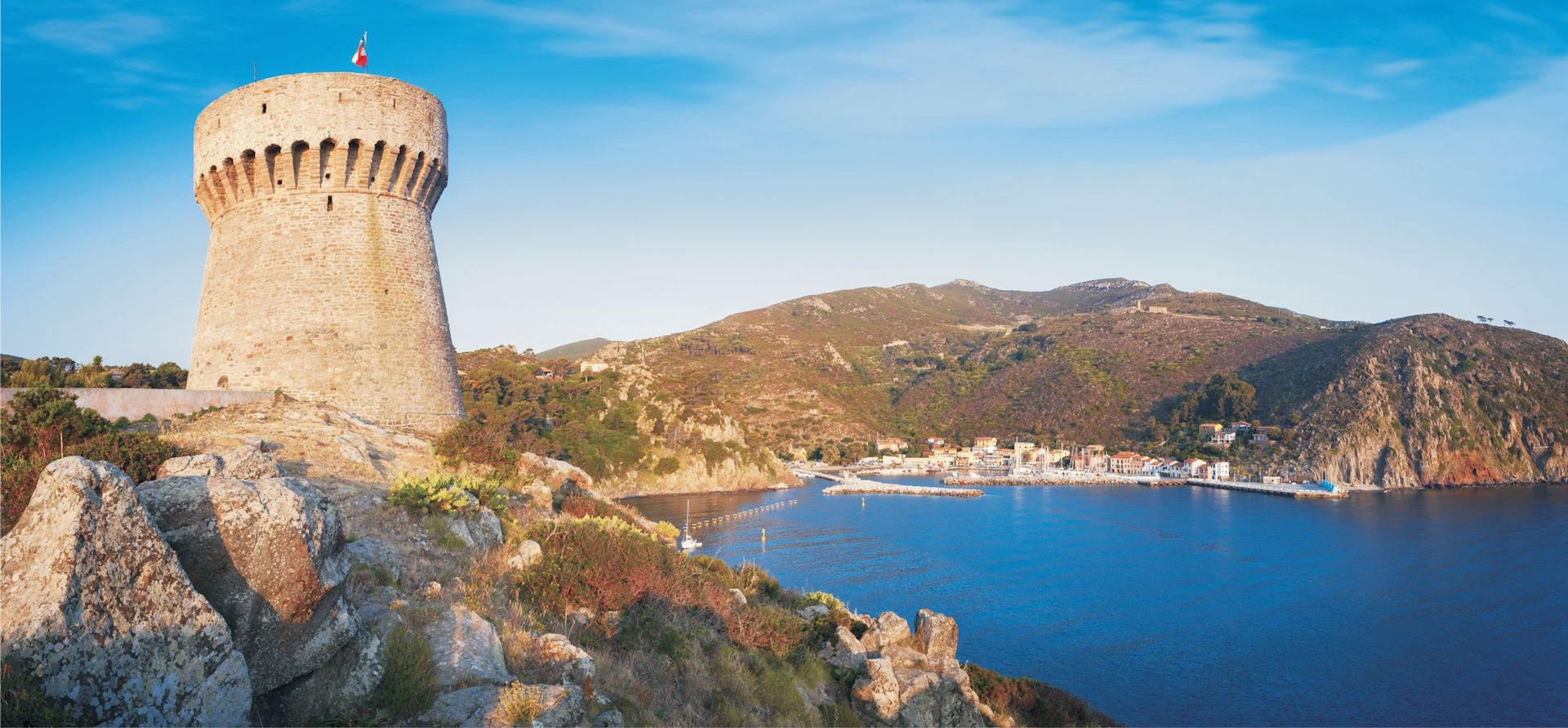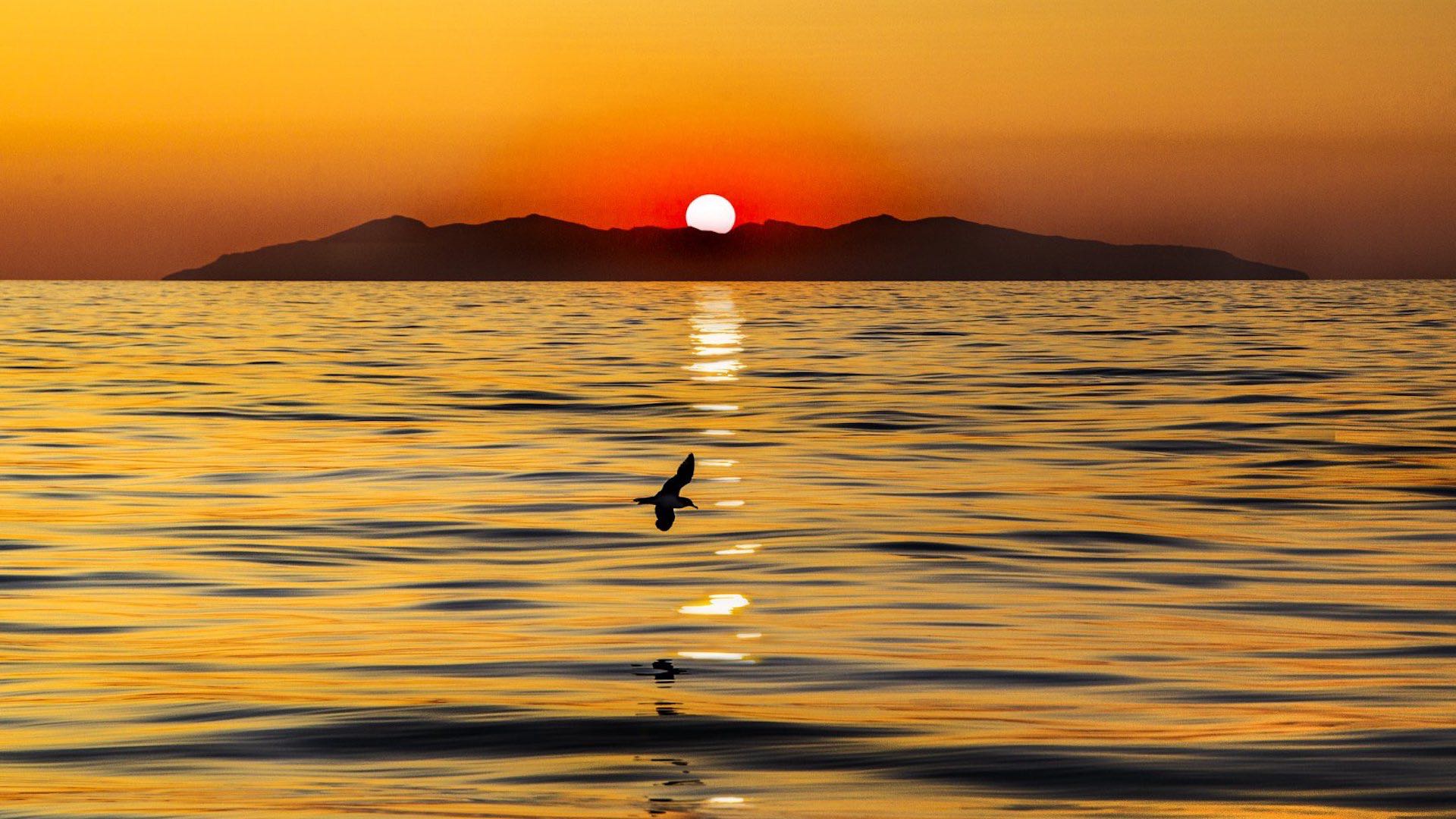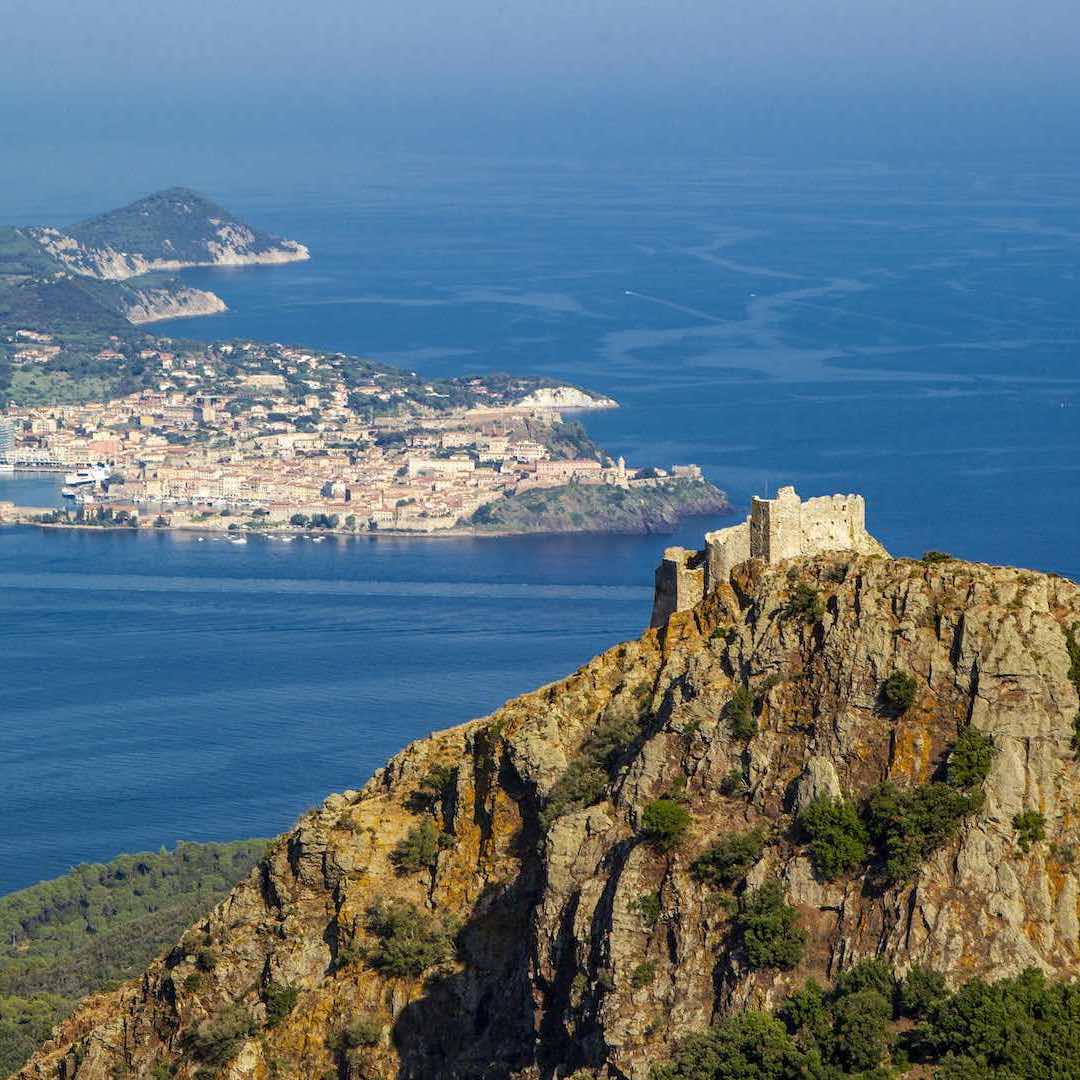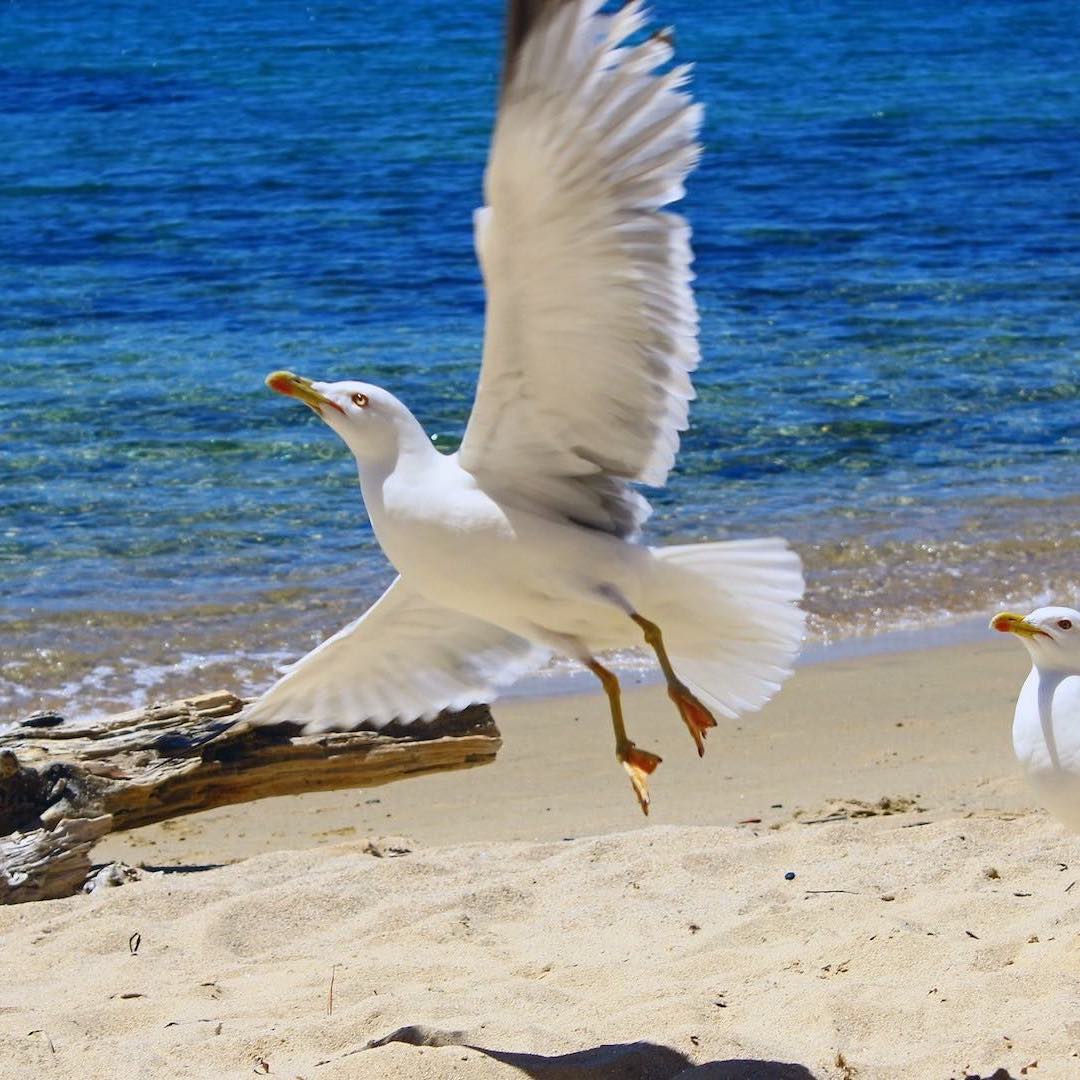Capraia and Gorgona
Aigylion, as it was called by ancient Greek sailors heading for Massalia (Marseilles), or the “Goat Island”, is served by ferry. The small pier is an elegant boardwalk lined by crafts shops. Since car traffic is restricted, the village at the top of the hill, less than one mile from the harbor, can either be reached on foot or by shuttle bus. By the way, apart from the road linking the harbor to the village, the Island does not have roads, and is wrapped by pristine nature. The “world of the islands”, as Gin Racheli defines it, “speaks the language of the soul”.
The Island is never overcrowded with tourists; the small village can accommodate up to a thousand visitors. The soul of Capraia is perceived through its wild and majestic nature, its sheer cliffs, grottoes in the depths of the ancient volcano, extraordinary geological formations and two shores: one close to the harbor where it is possible to rent umbrellas and lounge chairs, and the other, called Cala della Mortola, with its marvelous sandy seabed and green and blue reflections, which can be reached by taxi-boat. The real charm of the Island is represented by the many, hidden inlets that can be reached on foot by walking along trails and by boat, where one can truly find a little corner of paradise. A boat tour of the Island is a must, at dusk to the west and, at dawn, to the east. The colors reflected into the sea and against the rocky cliffs tell, as in an extraordinary fable, the powerful combination of forces that gave life to the Island.


A soft rolling green hill in the middle of the sea, marked by the presence of a prison, which offers its convicts work opportunities in a dedicated farm, where they are engaged in all types of agricultural activities. Access to Gorgona is restricted for obvious security reasons. It can be reached by ferry from Livorno; only daytime visits are allowed with the mandatory presence of an authorized guide and under the supervision of corrections officers. It is forbidden to use mobile phones or take photographs while on the Island.
It is mainly mountainous and rich with a luxuriant Mediterranean chaparral, chestnut and black alder woods. Its highest peak reaches 836 ft.
Its coastline is jagged with charming coves and inlets (e.g. Cala Scirocco with its Grotta del Bove Marino, once a refuge for monk seals). To the west, the coast is characterized by sheer cliffs, while to the east, the land opens up to valleys that end with small coves (Cala Maestra, Cala Marcona, Cala Scirocco).
The small ancient fisherman village now counts only a few inhabitants.
Two fortresses were constructed in ancient times: the Old Tower, built under Pisan rule, and the New Tower, built by the Medici’s. Important also is the Fortified Church of Saint Gorgonio. Higher up on the hills soars Villa Margherita, built upon ancient Roman ruins, now a thriving farming enterprise. At the highest point of Gorgona lies the complex that originally housed the “Red Light” of the Island, once managed by the Italian Air Force.
Discover other locations



